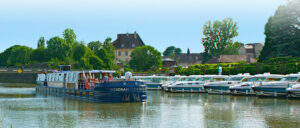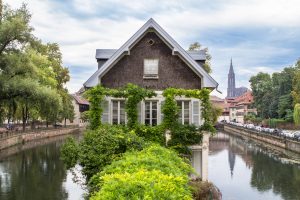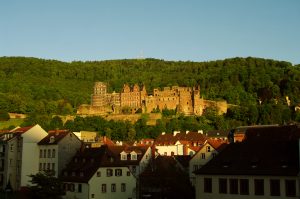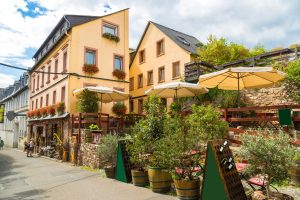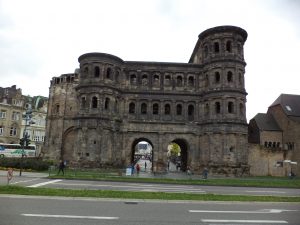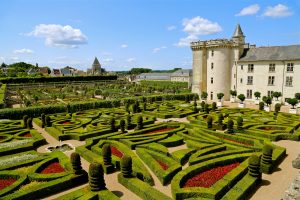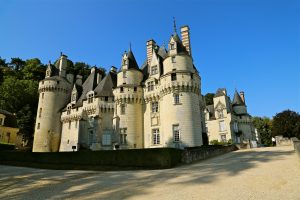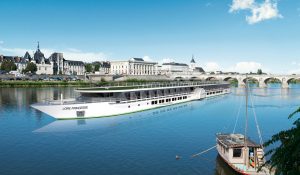Holland is a small country in Europe. Its modern name is the Netherlands. It is a country where many world-famous icons came from. Visiting this beautiful country allows you to discover its windmills, bulb fields, wooden shoes, masterpieces of the Old Masters, the canals of Amsterdam, the many Spring Gardens of Holland, the famous Holland tulips, and many more. If you are planning for that Holland tour as your next travel destination, here are some of the events and places that are not to be missed:
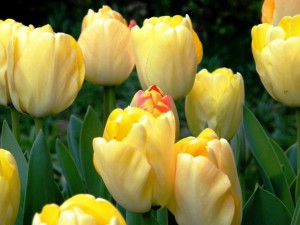
Spring time Tulips in Holland
BOLLENSTREEK’ Flower Parade
Holland tulips and other beautiful flowers are in bloom in springtime, usually from March through May. The parade is usually scheduled in April. This big flower festival draws almost one million spectators every year.
The Bloemencorso Bollentsreek is a big flower event that happens every year. Dozens of floats are creatively decorated with tulips, hyacinths, narcissi, and other flowers to represent a variety of themes annually.
Aside from dressed-up floats, many participants parade their own cars decorated with different flower bouquets.
The parade spans 42 kilometers, from Noordwijk to Haarlem.
Gardens of Appeltern
This is a 23-hectare park, the largest garden idea park in the Netherlands. People come here to find inspiration for their own gardens. Visitors will see the latest gardening trends and innovations that they can use to build or improve their gardens at home. The highlight of your visit to this beautiful park is a walk around the park, called the Appeltern Whisper Tour.
They have over 200 inspiring gardens. Inside the park is the Discovery Island where the young and old can play and discover nature.
Every year they have different activities. They even offer workshops.
Het Loo Palace and Gardens
This sprawling palace and gardens are found at Koninkiij Park in Apeldorn. The Paleis Het Loo gardens were reconstructed to their 17th-century original design by Queen Mary II and King-stadtholder William III. They were known as the first residents and the founders of the Het Loo Palace.
The garden screams of a Dutch Baroque design. There are symmetrical parterres, historical planting, and amazing fountains.
The main purpose of the gardens was to give prestige, impress visitors, and establish the status of both William and Mary.
During the 19th century, the garden was filled with sand and later transformed into a landscape park. The park has different kinds of trees and shrubs. During the 1980’s it was remodeled back to its original Baroque style.
Different contemporary and historical flowers are in bloom each season. The Het Loo Palace and Gardens has already been officially recognized as a botanic garden, it is a reward to acknowledge its decades-long dedication to horticultural professionalism.
From the months of April to October, visitors get to enjoy the fountains in the palace. In comparison to the gardens of Versailles, the garden at Het Loo is thought to be more modest in terms of scale. The fountains are a different story, though. The fountains at Paleis Het Loo constantly spout fresh water because of the high level of the groundwater which actually surpasses the French varieties. The King’s Leap (Koningssprong) was considered to be the highest spouting fountain in the whole of Europe at 13 meters.
Visitors will find sculptures of the goddesses and gods from Greek mythology, in the center of the garden, such as Venus, the goddess of love.
Keukenhof Gardens
The Garden of Europe is also referred to as the Keukenhof Gardens. It is recognized as among the world’s biggest flower gardens. It is located in the beautiful town of Lisse. It is in the province of South Holland, just south of Haarlem and in the southwest area of Amsterdam. This whole space is known as the “Dune of Bulb Region”. The park actually covers an area of about 32 hectares, housing almost 7 million flower bulbs yearly.
The sprawling garden is popular for its colorful tulips. Aside from tulips, other flowers are featured in the park, like daffodils, roses, irises, hyacinths, lilies, and carnations.
The Keukenhof Gardens is open all year round, featuring Different activities that take place like festivals and private affairs.
Tulip Land
Holland is popular for its tulips. Keukenhof Gardens is home to 7 million flower bulbs that bloom from March to April. Crocus season starts in March, followed by hyacinths and daffodils. Then by mid-April to early May gorgeous tulips are in full bloom, creating a sea of amazing beauty.
Holland may very well be called the Tulip Land with the many different tulip farms. There are tulip farms in Noordoostpolder, Flevoland. Tulips may also be found along the coast of The Hague and Leiuden.
Sights and Events in Belgium
Nearby Belgium also has interesting places to visit too.
Park and Castle of Beloeil – this 25-hectare park and castle are one of the most popular places in Belgium. Real ancient furniture still adorns each room of the castle. The rich history of the place is also showcased by one-of-a-kind collectible pieces still found all throughout the castle. The French garden is a marriage of water and greens. Activities are suspended as of this writing because of the global pandemic.
Castle and Gardens of Freyr – this castle and gardens are located 50km from Brussels South Airport. The Dukes of Beaufort-Spontin used this castle as their summerhouse. This place is rich in history as 20 generations have lived there. Marvel at the different fountains and the 300-year-old orange trees all around the garden. Be amazed by the 6-kilometer hedged small mazes.
Fernelmont – The Castle of Franc-Waret and its Natural Gardens – the Fernelmont castle farm is the last remaining original medieval building in Franc-Waret in Fernelmont, Namur, Belgium. A moat surrounds the castle which is adorned by beautiful French gardens. An English-style garden covers more than 120 hectares of the palace. This castle built around the 1300s has an imposing porch dungeon. This is a huge limestone structure that features a central arched entrance which is located between two hemispherical projecting parts. It is recognized as an exceptional heritage site of Wallonia.
The Royal Greenhouses in Laeken – this is open for three weeks each year starting from mid-April to the first week of May. This is in time for springtime wherein a lot of colorful flowers are in bloom. The Greenhouses are part of the Royal Park, hence it is closed to the public for most of the year.
Europeanbarging offers short river cruises through Holland and Belgium on Arosa and Croisi Cruise lines as well as 7-night cruises on AmaWaterways. A Holland Tulip river cruise is a great way to see more of Holland and Belgium and their gardens. Some of the gardens would need to be visited as a pre or post-cruise trip as they are not on the rivers or canals. For more information or to check availability, contact Jan at 888-869-7907 or jan@europeanbarging.com.


